Understanding Stroke – The Biological Approach
Price range: $55.00 through $109.00
Stroke is a critical medical emergency and a leading cause of disability and death worldwide. Within minutes of the stroke or interruption of the blood supply, the affected cells begin to die, potentially leading to devastating neurological consequences. This book explores the science behind stroke, its causes, mechanisms, and management, discussing the biological processes that govern cerebral circulation and mechanisms for repair and recovery potential. The book provides an in-depth look at the biological approach to stroke management, including cellular and molecular mechanisms to understand stroke pathophysiology, from energy failure and excitotoxicity to immune responses and neurodegeneration. The manuscript comprehensively discusses the role of neuropeptides, growth factors, and other biologically active molecules that may aid in brain repair and functional recovery. It also highlights the physiotherapeutic and regenerative strategies, emphasising the importance of neurorehabilitation techniques, including physiotherapy, brain stimulation, and emerging regenerative medicine approaches to enhance recovery. Next, a post-stroke recovery and rehabilitation chapter examines strategies to maximise neurological function, including dietary interventions, physical activity, cognitive therapy, and assistive technologies. Beyond traditional treatment, the book presents how cutting-edge therapies, including stem cell research, neuroplasticity training, and personalised medicine, transform post-stroke care. With advances in neuroscience and regenerative medicine, there is renewed hope for stroke survivors to regain lost function and improve their quality of life. This book offers an insightful and scientifically-backed resource on the biological mechanisms of stroke and the latest advancements in management and rehabilitation.
Description
Authors
Prof. Dr. Mike K.S. Chan and Dr. Dina Tulina
Published by
EUROPEAN WELLNESS ACADEMY – Medical Research
ISBN: 9781662963216
eISBN: 9781662963353
Author Bio:
Professor Dato’ Sri Dr. Mike K.S. Chan is a pioneer of Cellular and Cell Membrane Therapy in Europe and Asia since the early 1980’s. He founded one of the world’s largest researchers of Bio-Molecular Medicine based in Switzerland and Germany with a global presence in almost eighty countries. He has conducted more than 1,000 lectures, seminars, and symposiums worldwide in the fields of antiaging, cell regeneration, regenerative medicine, and stem-cell therapies.
Dr Dina Tulina is a specialist in anti-aging and regenerative medicine with extensive experience in the field. Basing her knowledge on scientific and research experience within the scope of neuropsychiatry (age-related brain changes and associated cognitive and mental disorders), Dr Dina has expanded and enriched her expertise by incorporating preventative medicine, natural and complementary therapies for age-related changes, and the use of biologics in regenerative medicine. Guided by the philosophy “He, who owns the youth, owns the future”, Dr Dina is deeply passionate about the educational aspects of anti-aging medicine and wellness.
Table of Content
| CHAPTER I: WHAT IS THE STROKE? | 1 |
| Introduction | 1 |
| Epidemiology | 6 |
| Anatomy: Brain Arteries | 10 |
| Causes and Types of Stroke | 13 |
| Transient Ischemic Attack | 18 |
| Risk Factors of Stroke | 19 |
| Classification of Stroke | 23 |
| The First Signs and Symptoms of a Stroke | 26 |
| Mechanism of Stroke Development | 29 |
| Clinical Manifestations | 33 |
| Diagnosis of a Stroke | 42 |
| Stroke Images | 50 |
| Primary Differential Diagnosis of Stroke | 57 |
| Steps of Stroke Management | 59 |
| Complications of Stroke | 63 |
| Prevention of Stroke | 66 |
| Stroke Screening | 66 |
| Recommendations for primary prevention of stroke | 67 |
| Training Patients to Recognize Stroke Symptoms | 72 |
| CHAPTER II: BIOLOGICAL APPROACH TO STROKE MANAGEMENT | 75 |
| Brain Tissue Cells, Types, and Their Function | 75 |
| Stem Cells in Stroke | 101 |
| The Functions and Capabilities of Stem Cells | 101 |
| The Merits and Limitations of Different Cell Types | 102 |
| Precursor Stem Cells Definition and Function | 117 |
| Advantages of Fetal Precursor Stem Cells | 120 |
| Precursor Stem Cells in the Management of Stroke | 123 |
| Recovery After Stroke Under PSC Management | 129 |
| Mito Organelles CNS Brain (MO CNS) | 134 |
| Nano-Size Neuropeptides | 138 |
| Why Us? | 141 |
| Can the Brain be Restored After a Stroke? | 143 |
| Our Innovative Methods of Rehabilitation After a Stroke | 145 |
| CHAPTER III: PHYSIOTHERAPY IN THE TREATMENT, MANAGEMENT, AND REHABILITATION OF STROKE | 149 |
| Transcranial Direct Current Stimulation (TDCS) | 153 |
| Transcranial Magnetic Stimulation (TMS) | 161 |
| Morphogenetic Harmonizer System, Scalar Plasma Wave Modulator – Influence on Stroke Management | 167 |
| Hyperbaric Oxygenation Therapy with Hyperbaric Oxygen Chamber (HBOT) | 172 |
| Ozone Therapy | 177 |
| Bio Hormonal Modulator | 180 |
| CHAPTER IV: REHABILITATION AFTER STROKE IN OUR FACILITIES | 185 |
| Basic Methods of Rehabilitation After a Stroke (level of evidence D) | 186 |
| Key Precautions | 190 |
| Pharmacological Rehabilitation After Stroke | 191 |
| Holistic Rehabilitation Program | 194 |
| Rehabilitation of Bedridden Patients | 195 |
| Home Rehabilitation After a Stroke | 197 |
| The Importance of Psychological Support in Our Facilities | 200 |
| Appendix 1: Glasgow Coma Scale | 735 |
| Appendix 2: NIH Stroke Scale/Score (NIHSS) | 735 |
| Appendix 2: NIH Stroke Scale/Score (NIHSS | 735 |
Additional information
| Weight | N/A |
|---|---|
| Select Book Type | Printed English (Paperback), eBook English |
Only logged in customers who have purchased this product may leave a review.
You may also like…
-
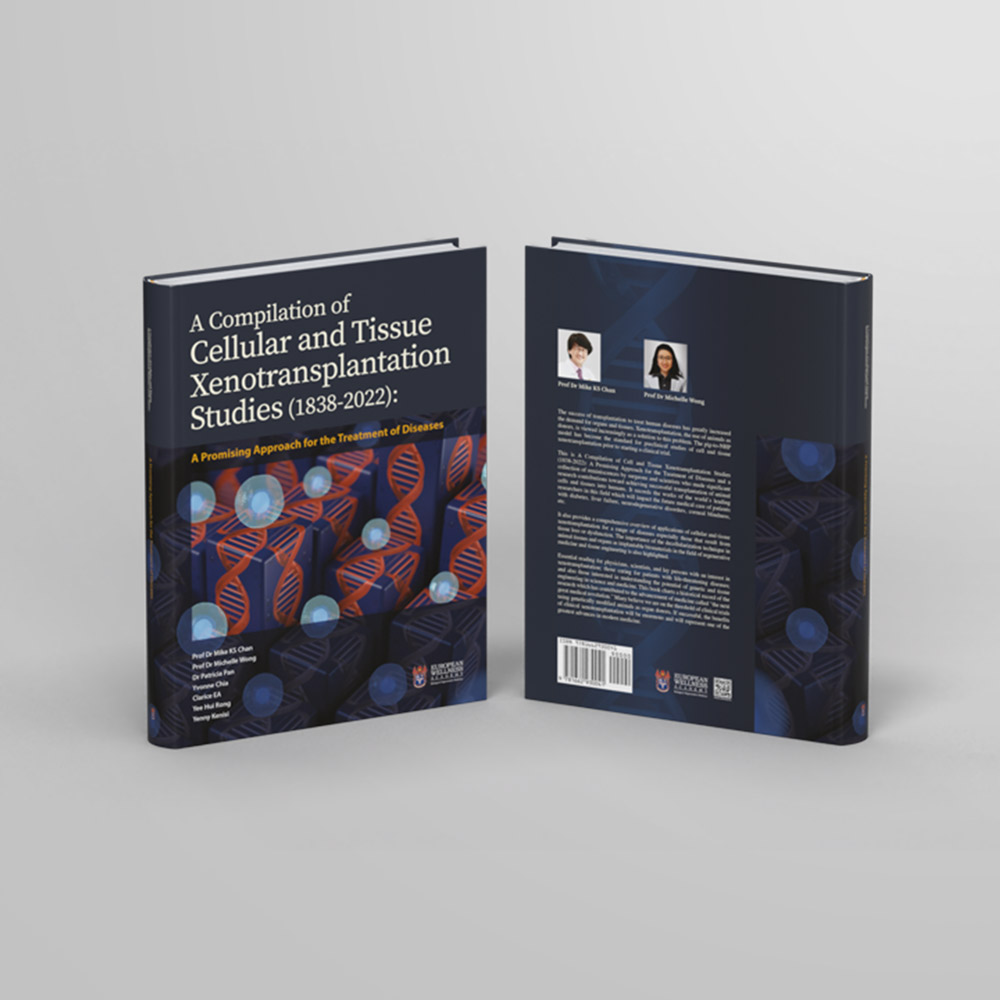
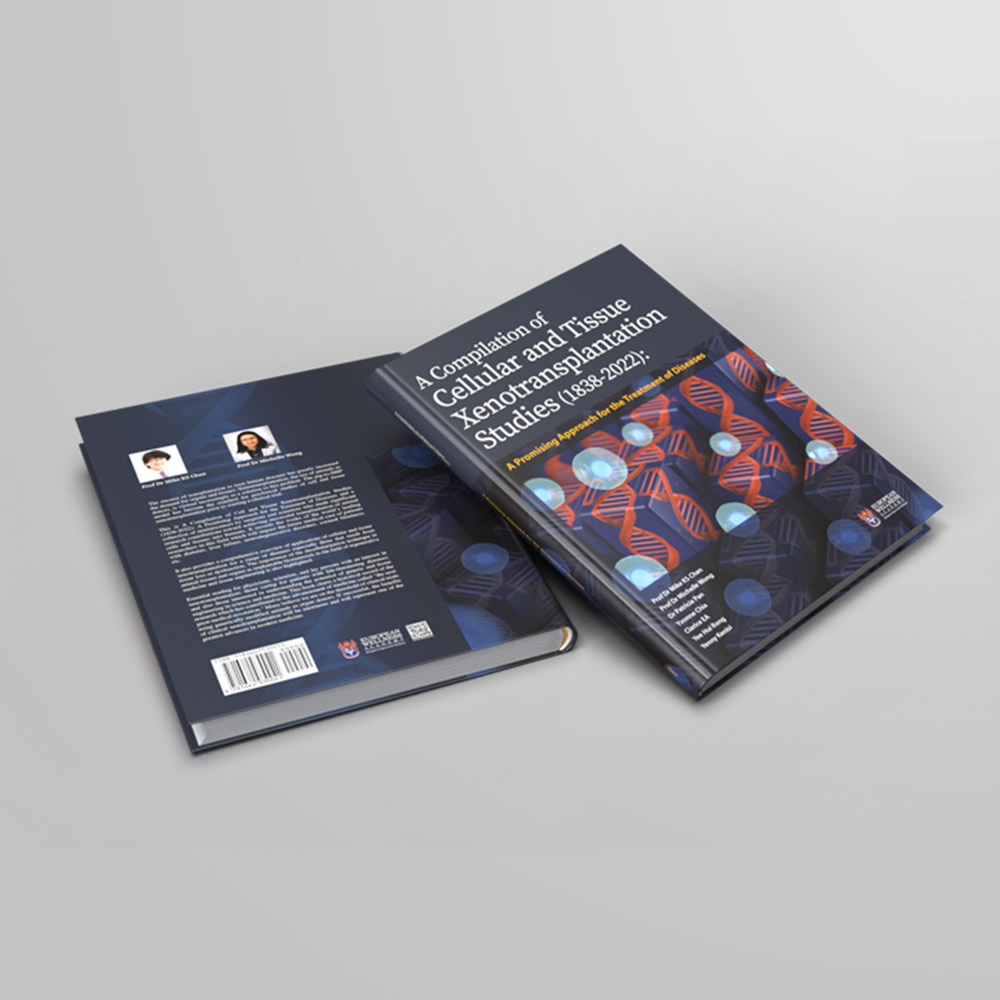 Select options This product has multiple variants. The options may be chosen on the product page
Select options This product has multiple variants. The options may be chosen on the product pageA Compilation of Cellular and Tissue Xenotransplantation Studies (1838-2022): A Promising Approach for the Treatment of Diseases
Price range: $39.50 through $79.00 -
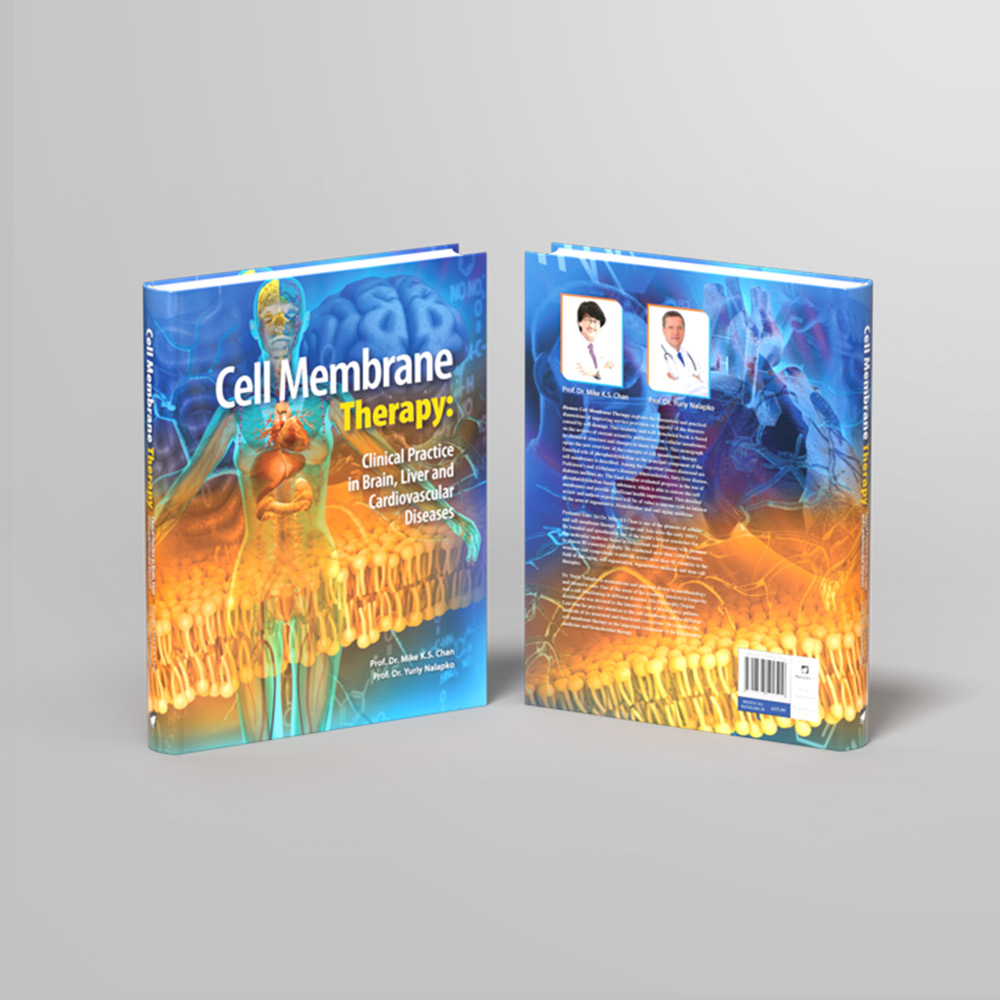
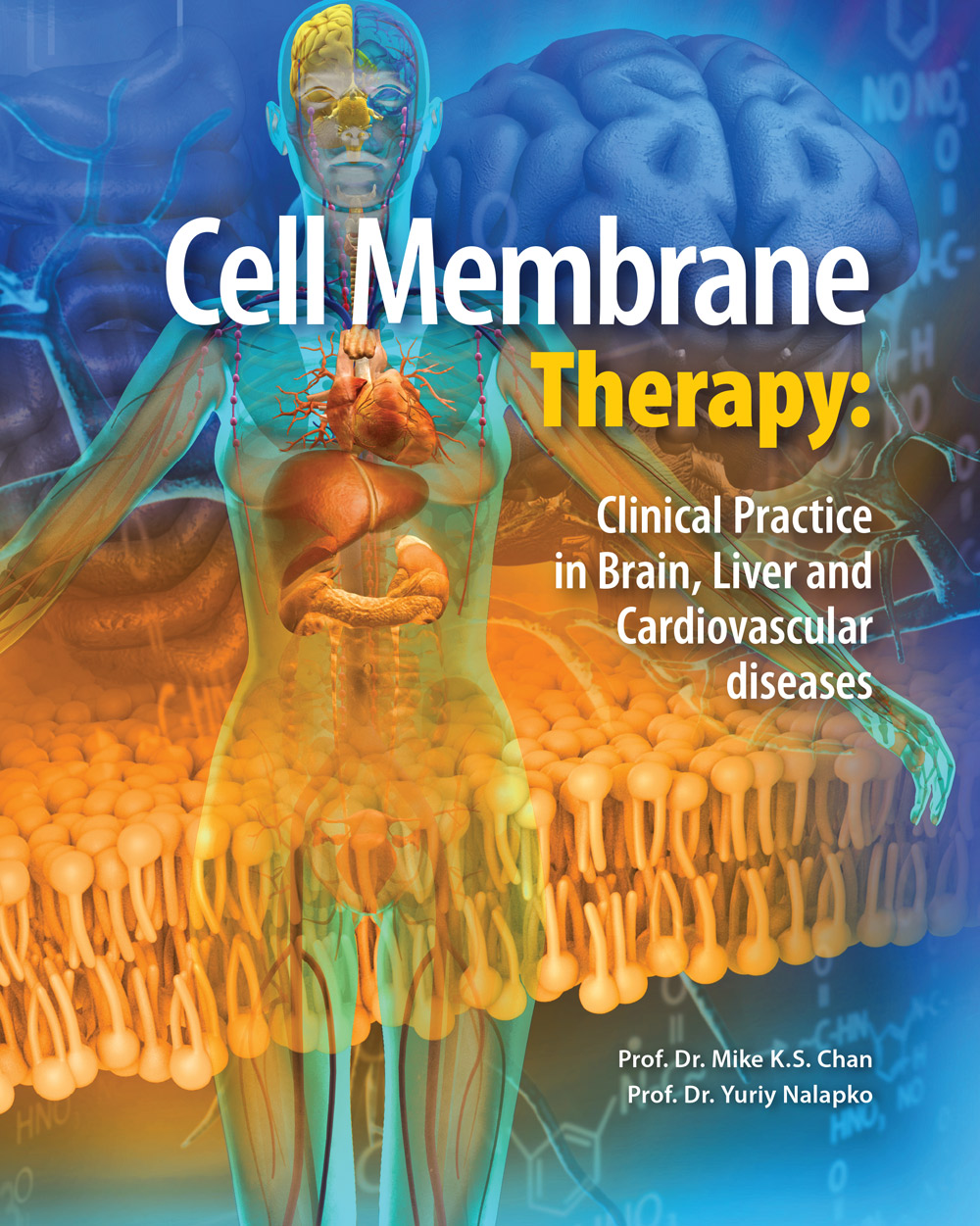 Select options This product has multiple variants. The options may be chosen on the product page
Select options This product has multiple variants. The options may be chosen on the product pageCell Membrane Therapy: Clinical Practice in Brain, Liver and Cardiovascular Diseases
Price range: $55.00 through $110.00
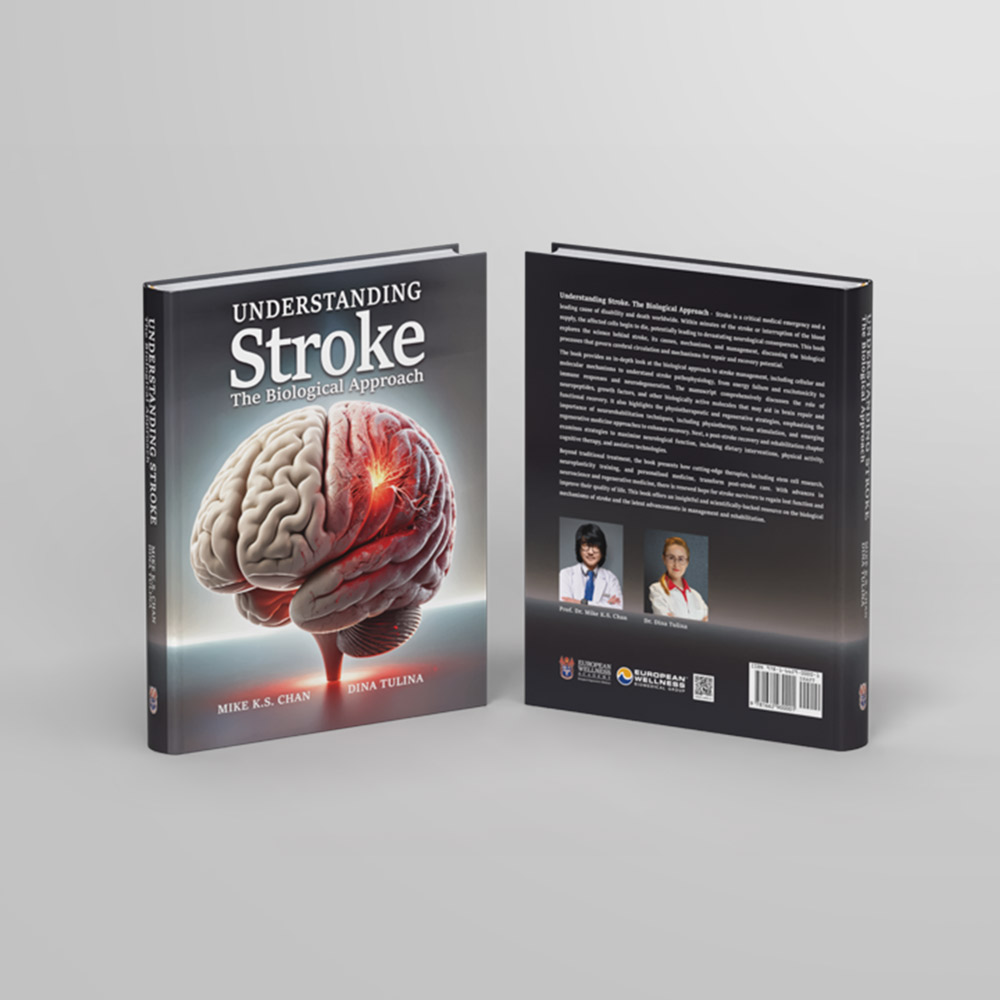
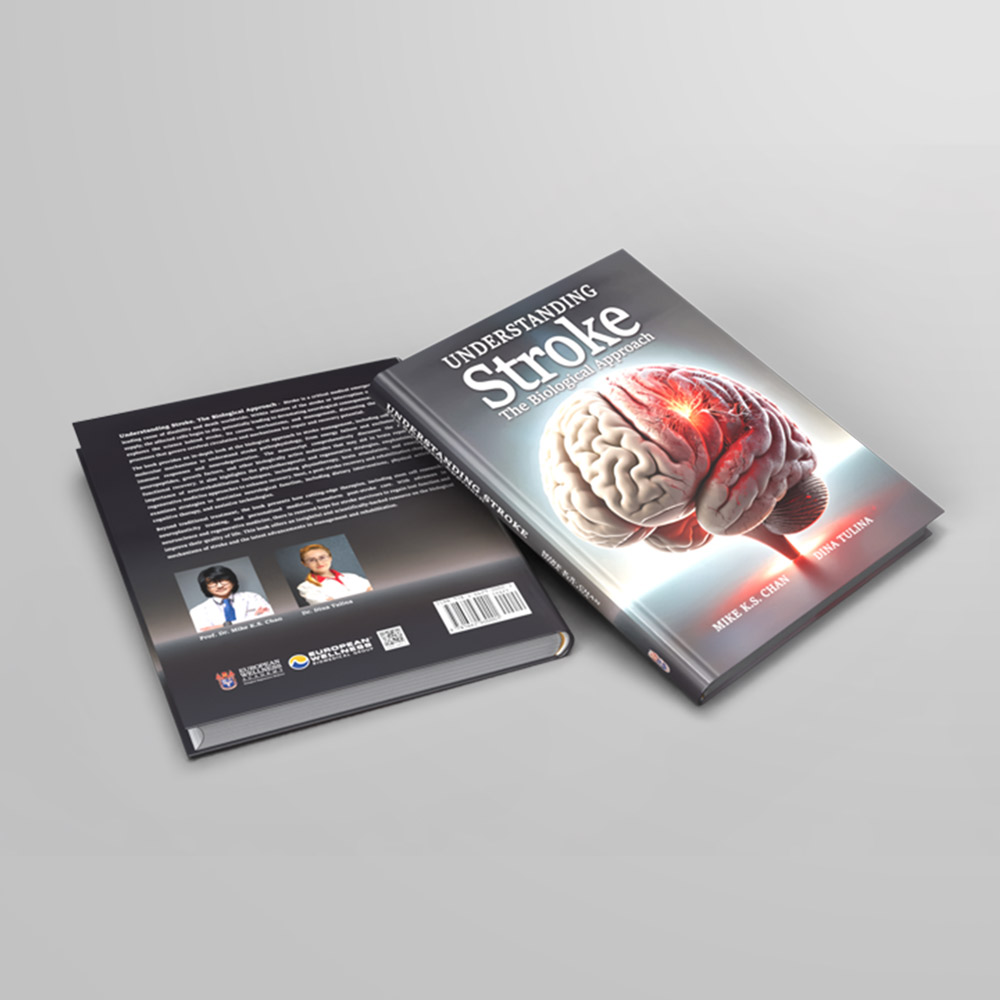
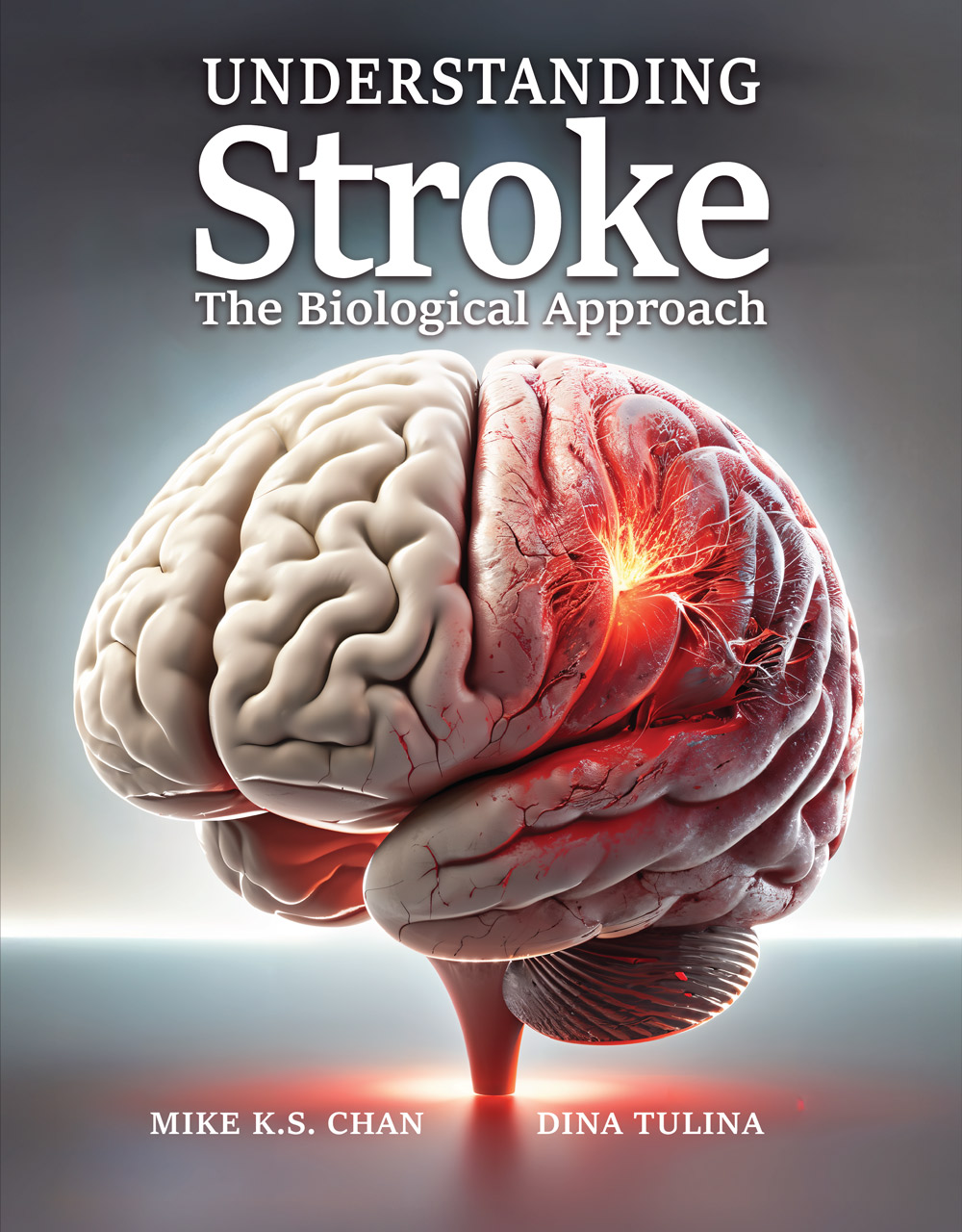
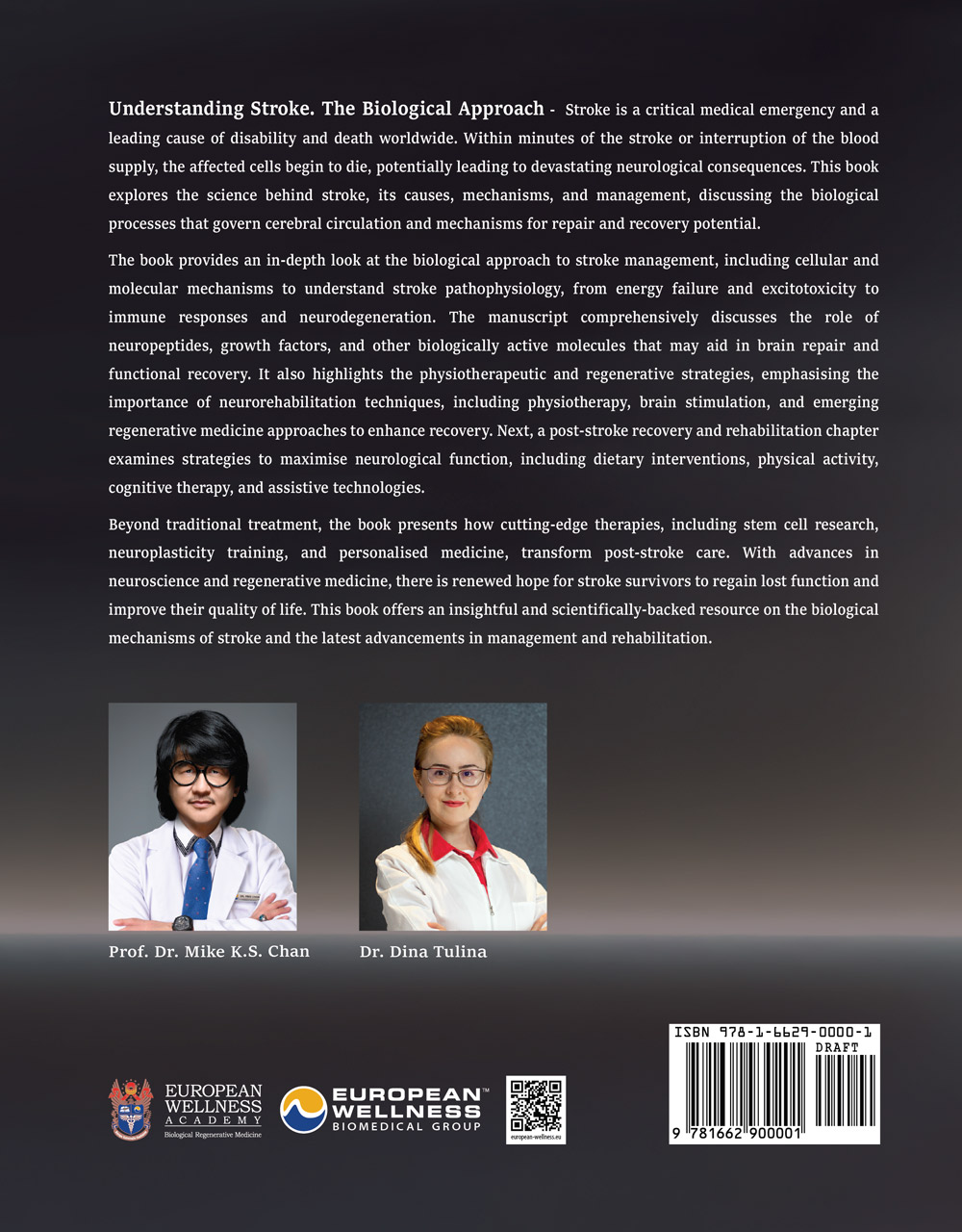
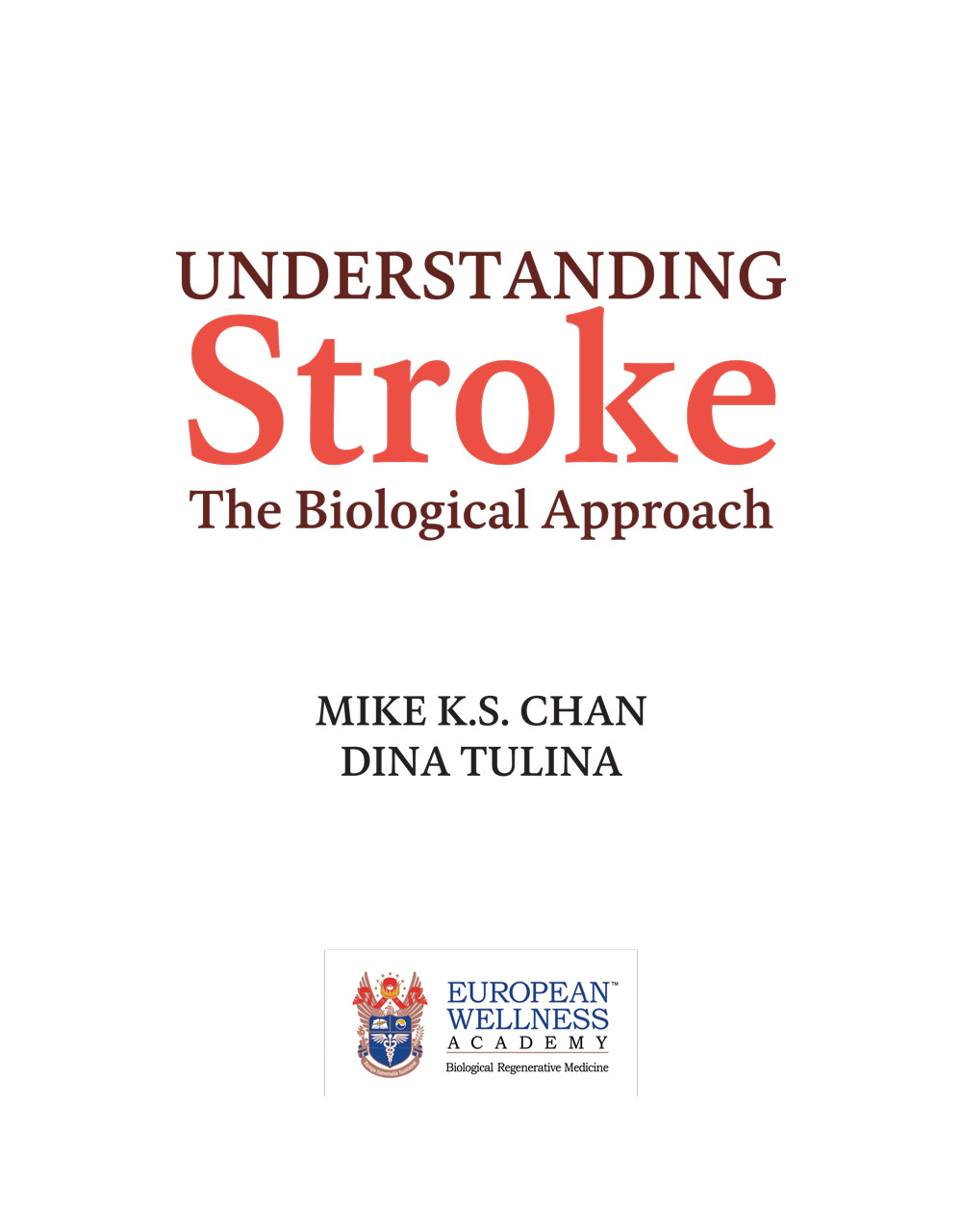
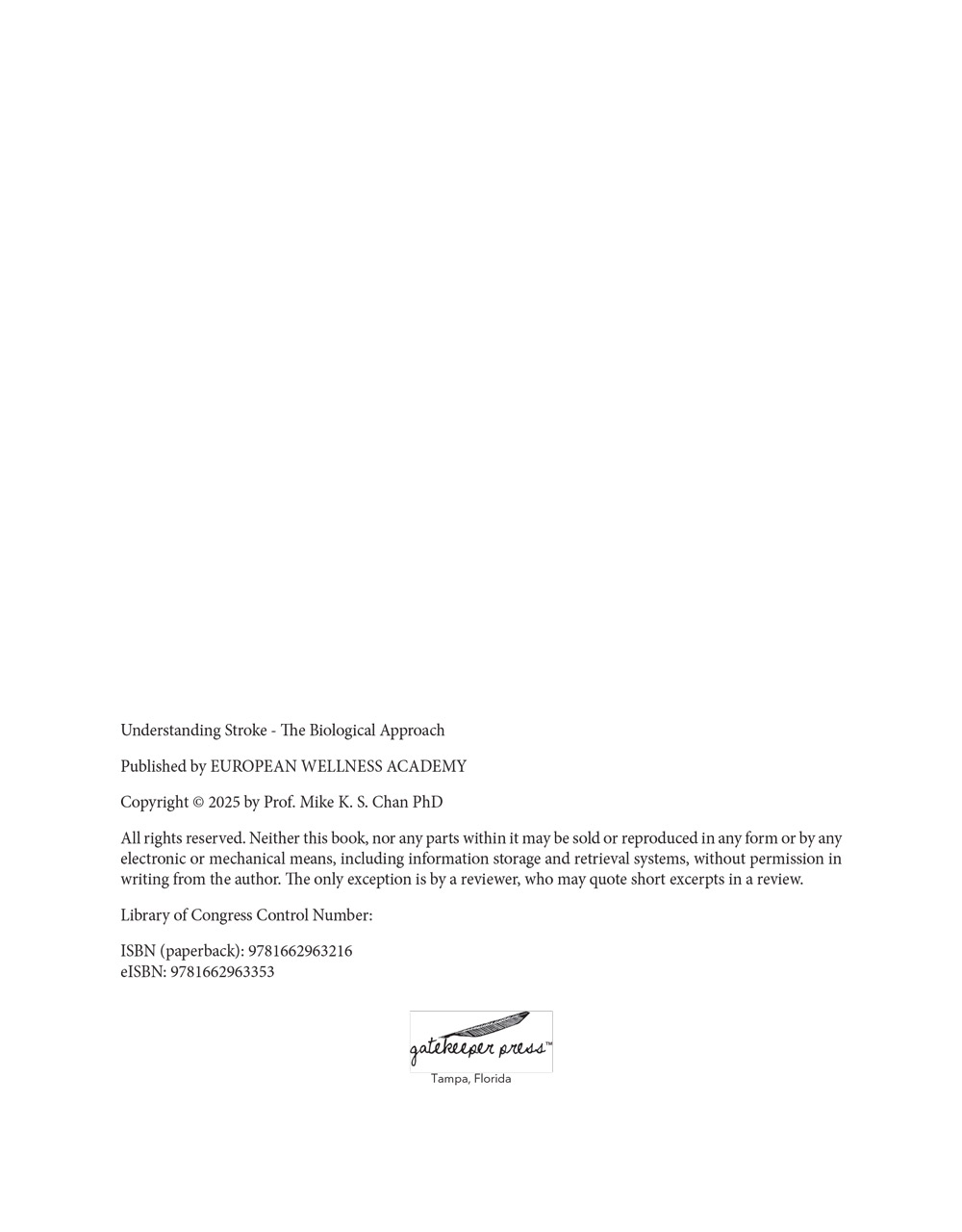

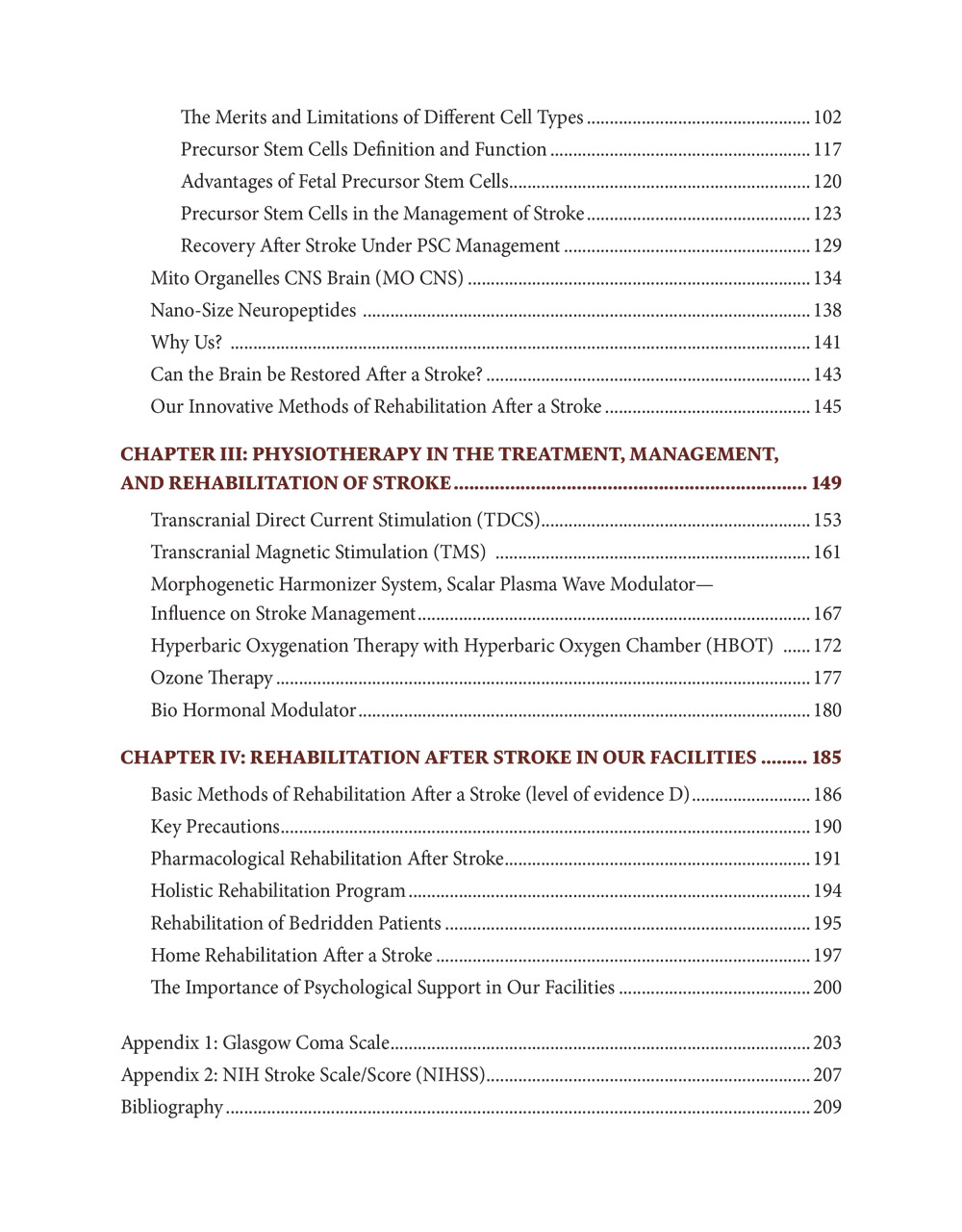
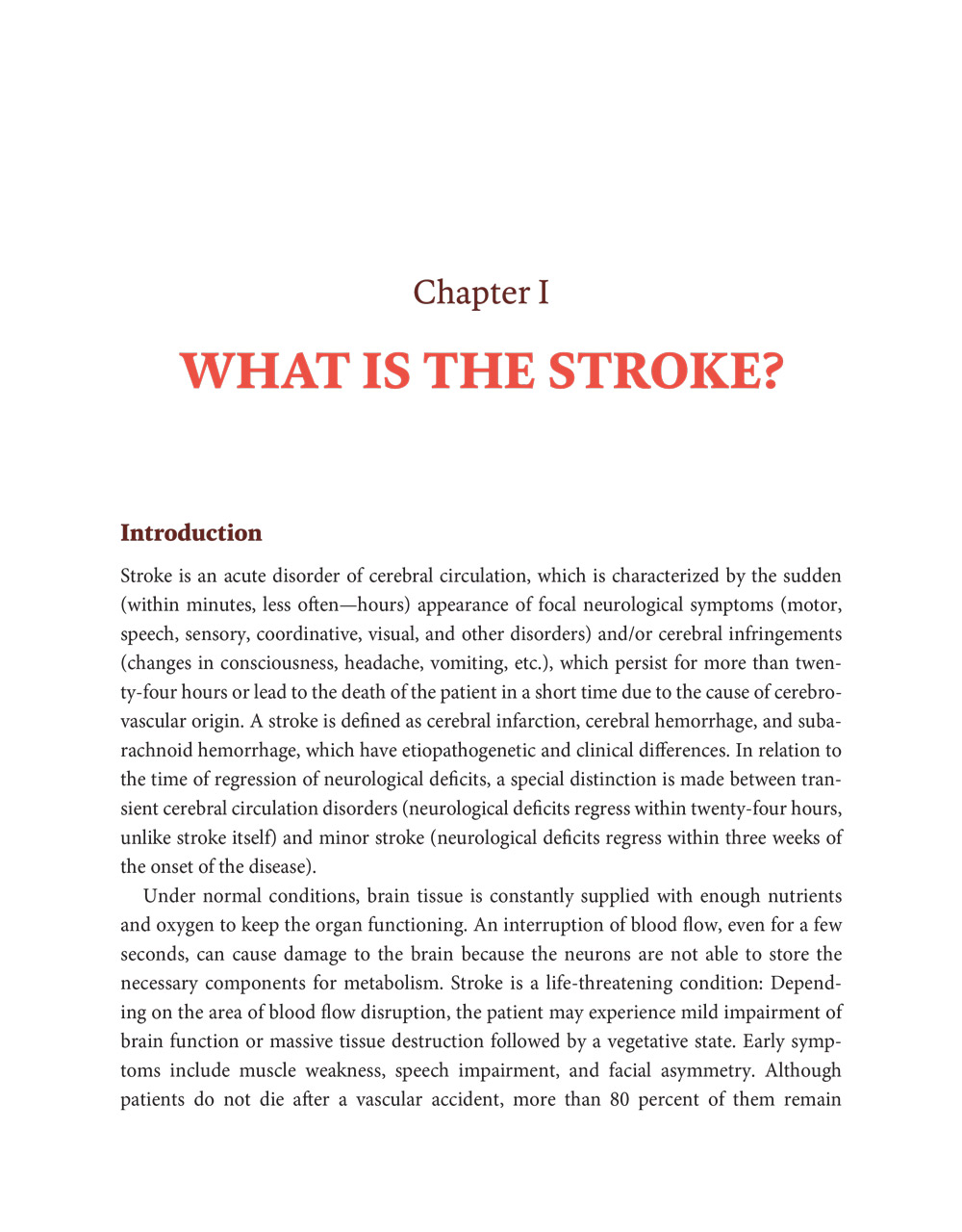
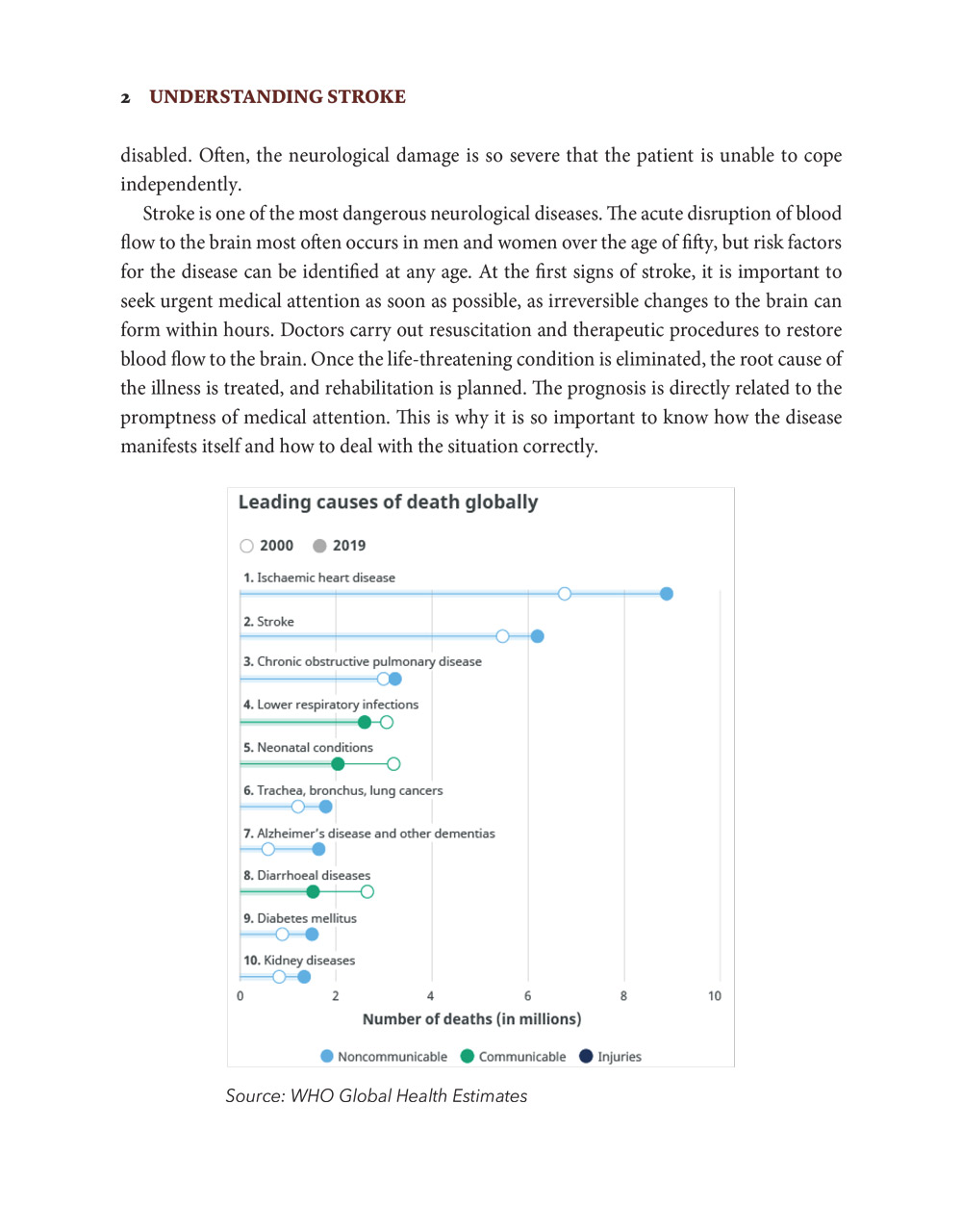

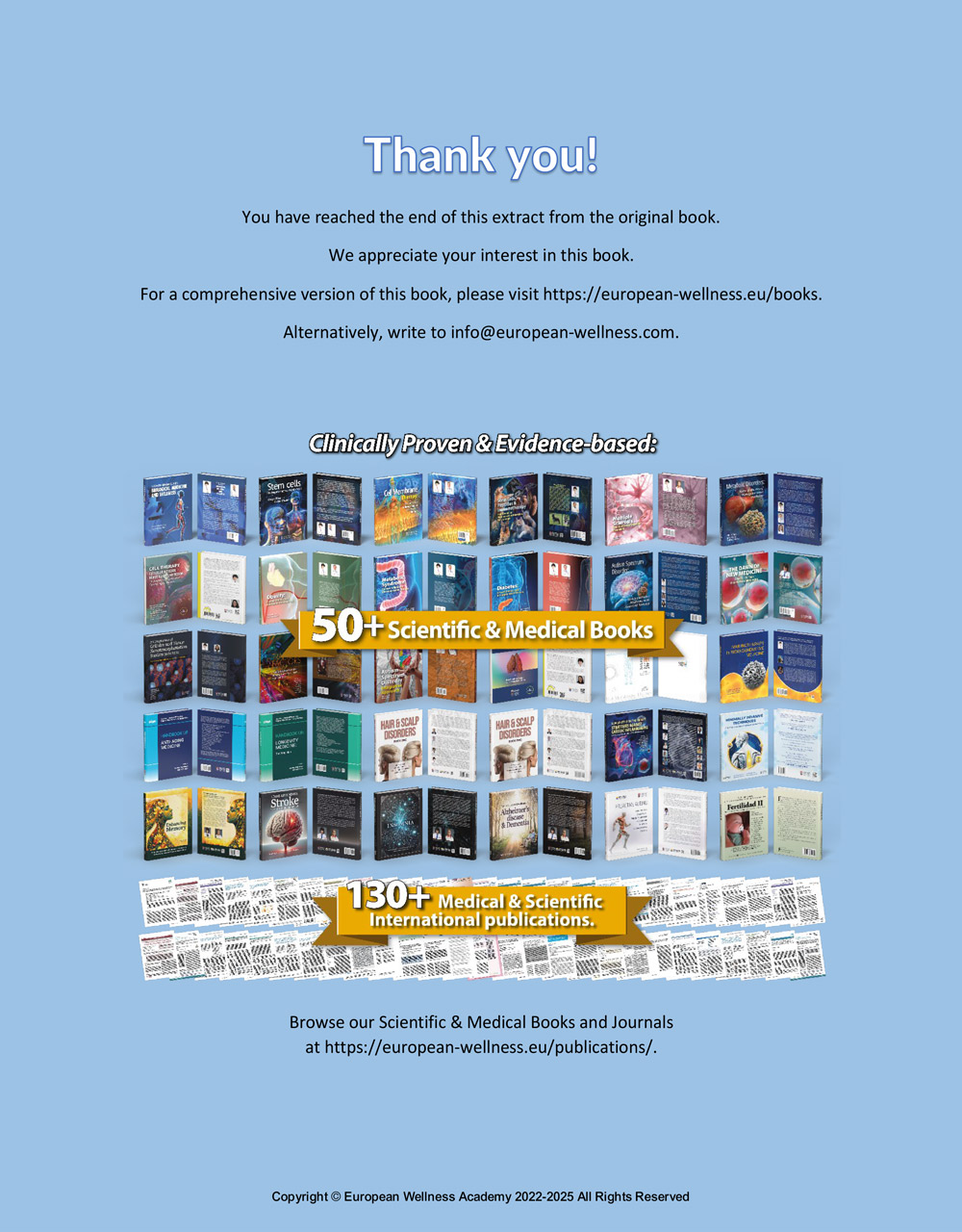
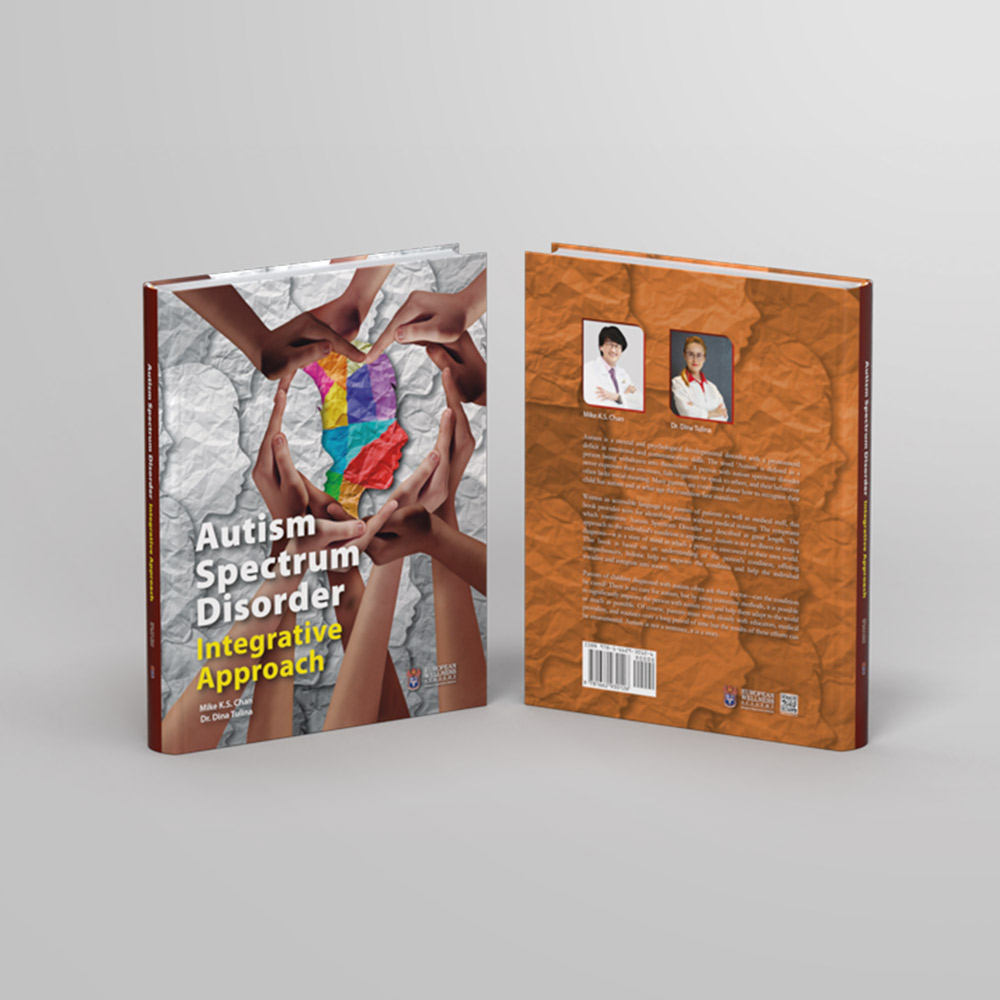
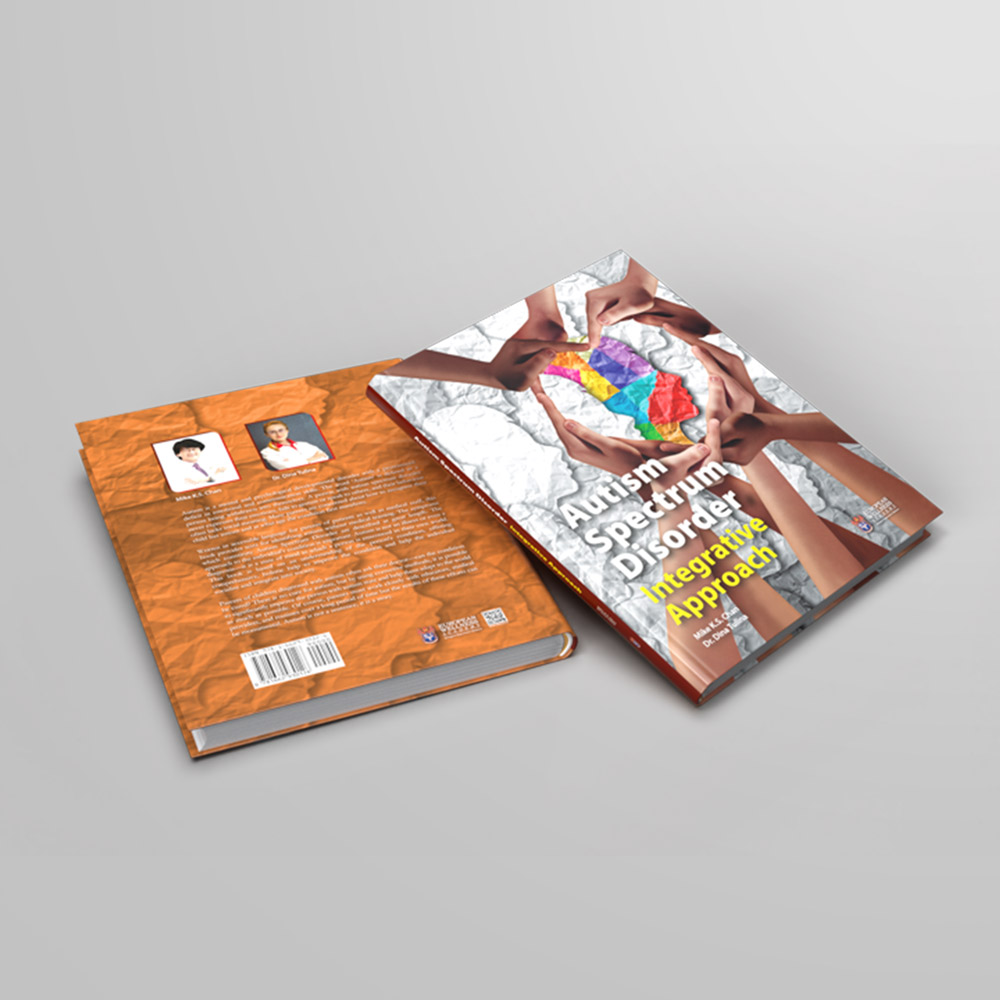
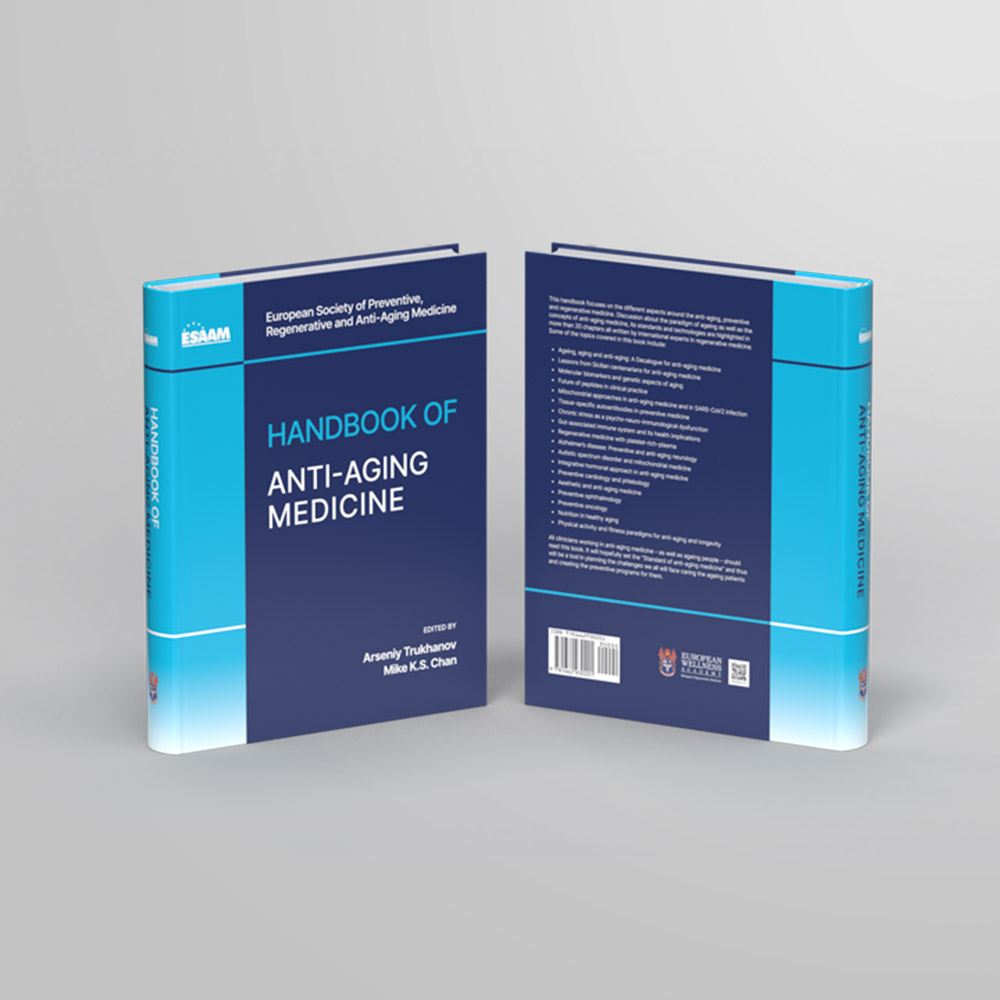
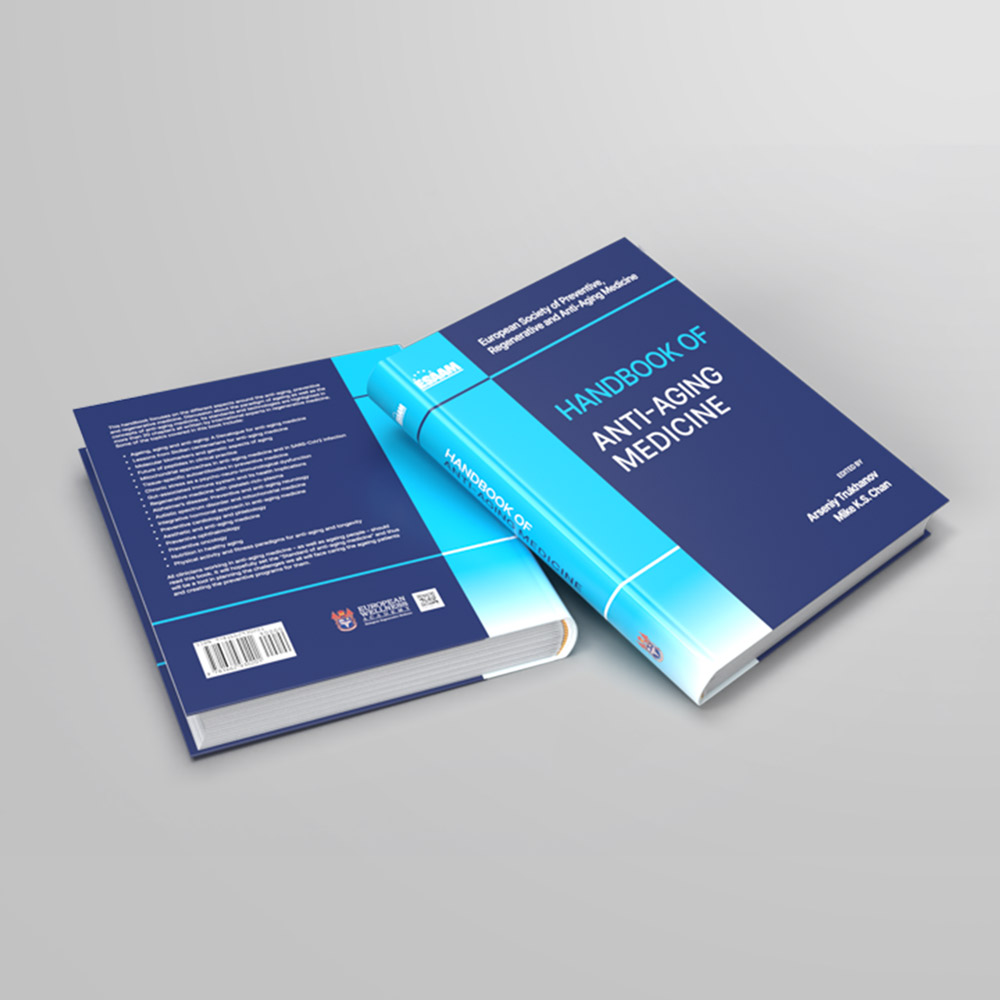

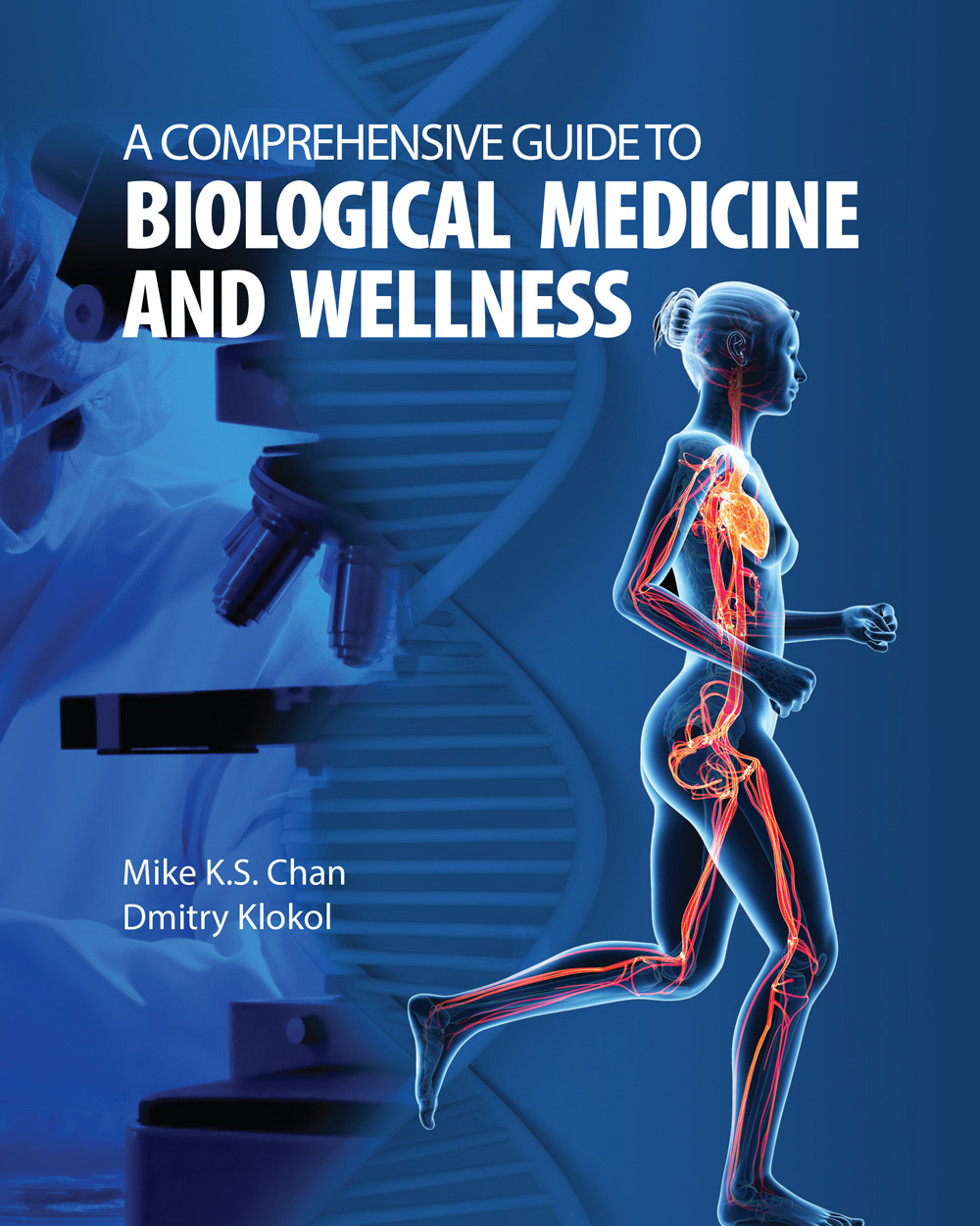

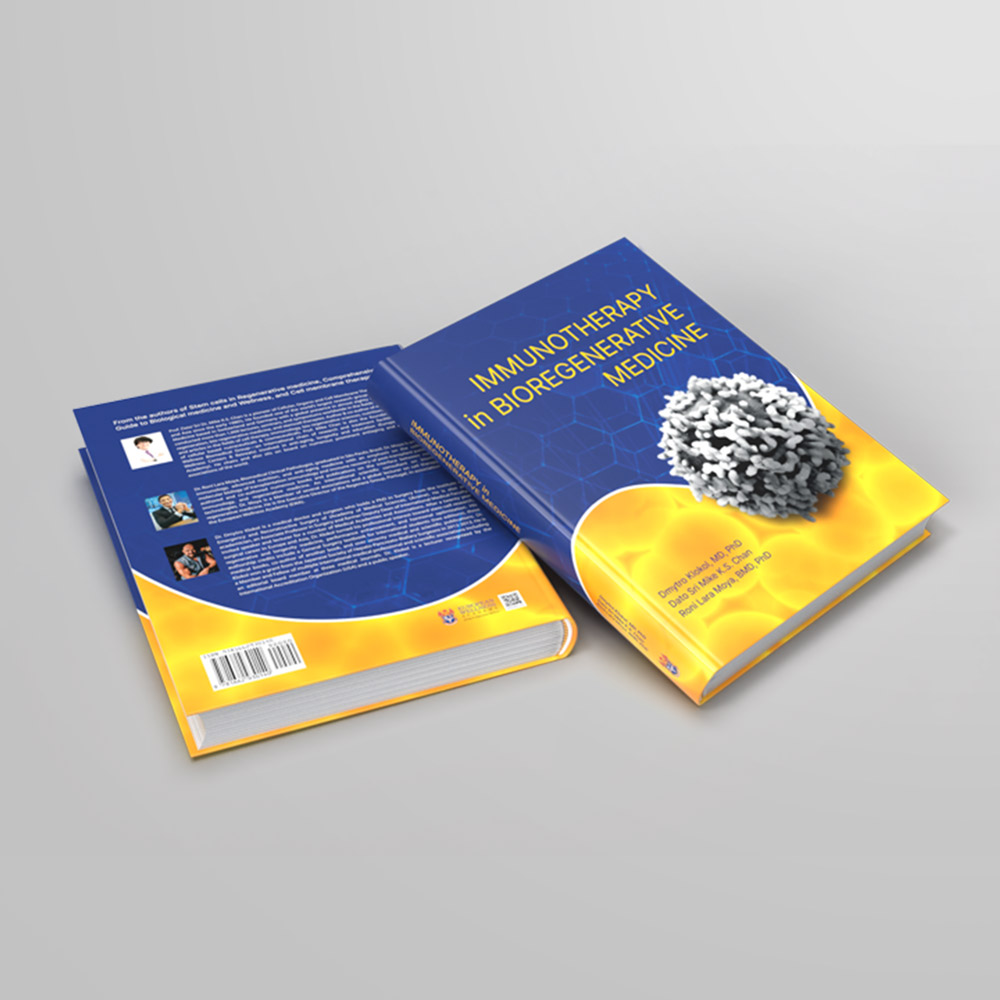
Reviews
There are no reviews yet.